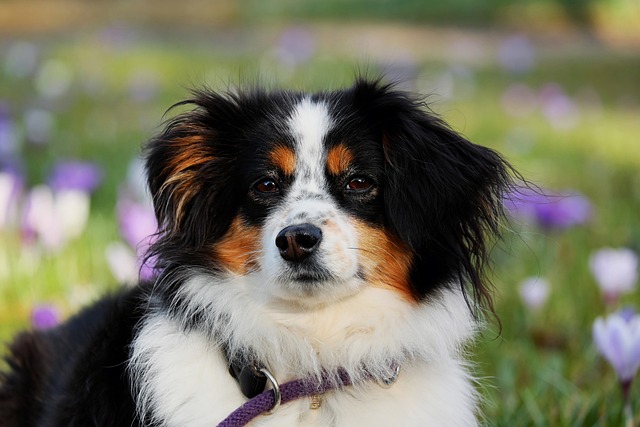
How can I tell if my dog's heatstroke is serious
Let’s be real: It’s a sticky August morning in Los Angeles, and you took your 2-year-old Golden Retriever, Max, for a walk a little later than usual
Last Fourth of July, my neighbor sat on her living room floor, comforting her 3-year-old Goldendoodle, Daisy, who was shaking under the coffee table—fireworks boomed outside, and Daisy’s tail was tucked so tight it vanished. She’d given Daisy a CBD oil dose 20 minutes earlier, and she kept checking her watch, wondering: Is this working? When will she calm down? If you’re a new U.S. dog owner using CBD for anxiety (whether from storms, vet visits, or separation), that waiting game is familiar. The truth is, CBD’s effects vary by dog, delivery method, and anxiety trigger—but understanding the timeline and factors at play helps you set realistic expectations and use it effectively.
To grasp why onset times differ, let’s start with the science (kept simple). Dogs have an endocannabinoid system (ECS)—a network of receptors that regulates mood, stress, and relaxation. CBD interacts with these receptors to reduce overactivity linked to anxiety, but it doesn’t work like a sedative (it won’t “knock out” your dog). The biggest factor affecting speed is delivery method: CBD oil or tinctures (dropped under the tongue) absorb directly into the bloodstream, kicking in in 15–30 minutes. Treats or chews need to pass through the digestive system, so they take 30–60 minutes (sometimes longer for bigger dogs). Dosage matters too—too little, and you’ll see no effect; too much, and your dog might seem drowsy. Daisy’s owner used an oil, but she gave a half-dose (too small for Daisy’s 50lbs)—after doubling it, Daisy relaxed enough to lie on the couch 25 minutes later.

Here’s how to use CBD effectively: First, talk to your vet. They’ll help calculate the right dosage (usually 0.2–0.5mg per pound of body weight) and confirm it won’t interact with other meds. Choose hemp-derived CBD (federal law requires <0.3% THC—higher levels are toxic to dogs) with third-party lab reports (avoid cheap, untested brands). For acute anxiety (fireworks, vet visits), use oil 30 minutes before the trigger; for chronic anxiety (separation), give it daily at the same time. Track effects in a notebook: Note when you gave it, the trigger, and how your dog responded (e.g., “CBD at 8 a.m.—less pacing when I left for work”). Reward calm behavior with a treat—never scold your dog for anxiety (this violates U.S. animal welfare standards and worsens stress).
Legally, hemp-derived CBD is federally legal, but state rules vary (e.g., California requires lab testing; Texas bans CBD in treats without vet approval). For apartment living, pair CBD with calming routines (like a puzzle toy before you leave) to ease separation anxiety. When walking an anxious dog, carry CBD oil in a small bottle for emergencies—and always bring extra poop bags (cities like Denver fine $200 for leaving messes). While at the vet for CBD guidance, confirm your dog’s rabies vaccine is up to date (required nationwide). Remember: CBD is a supplement, not a fix—combine it with positive training (e.g., desensitizing to thunder with recorded sounds) for best results.
CBD works—but patience and smart use are key. By matching the delivery method to your dog’s needs and working with your vet, you’ll help your anxious pup find calm faster.

Let’s be real: It’s a sticky August morning in Los Angeles, and you took your 2-year-old Golden Retriever, Max, for a walk a little later than usual

You're enjoying a summer afternoon at the park when you notice your dog has stopped panting and appears disoriented - their gums are bright red

Let’s paint the picture: You’re in your Denver apartment, watching your 4-year-old Boston Terrier, Ruby, plop down mid-play session with her favorite toy

Many dog owners notice their pets nails seem shorter after regular walks,but how much does this daily activity actually help?The answer depends on where you walk—concrete sidewalks or asphalt streets gently file nails as a dog's paws hit the ground

Most dog owners notice their pup scooting across the carpet at some point, but few connect it to impacted anal glands. These small sacs near a dog’s rectum secrete a scent for marking territory

Most vets agree that regular dog teeth cleaning is key to avoiding painful dental issues later. For healthy adult dogs, a professional cleaning at the vet’s office every 12 to 18 months usually works well.